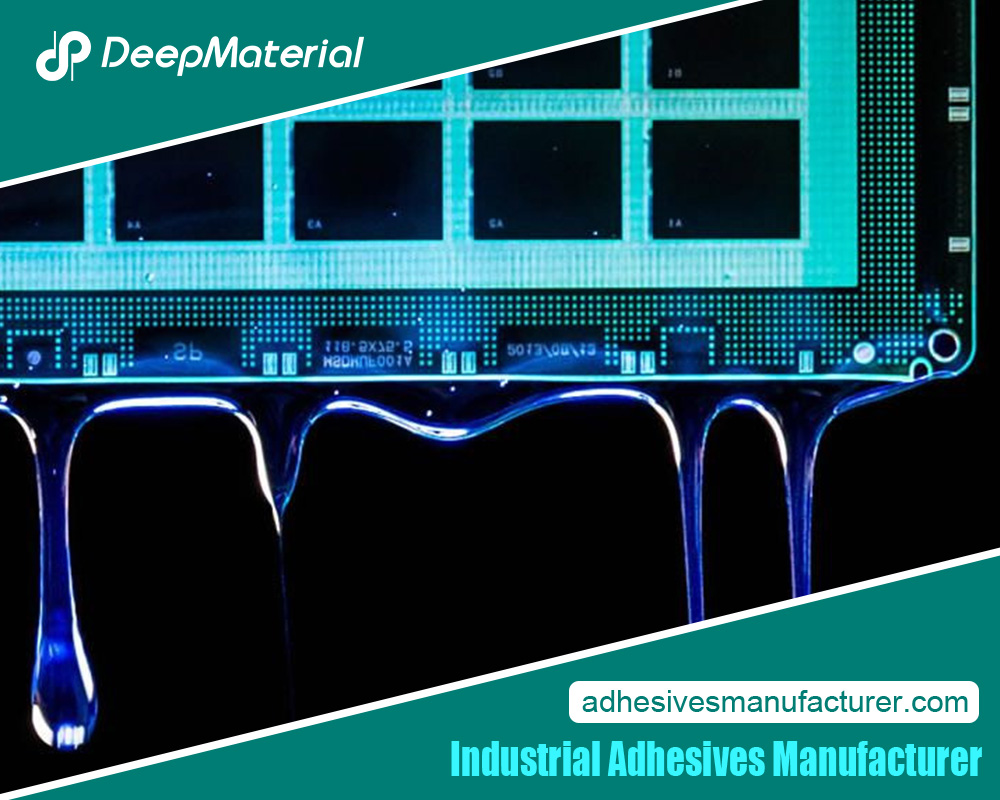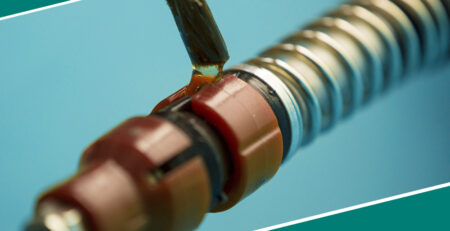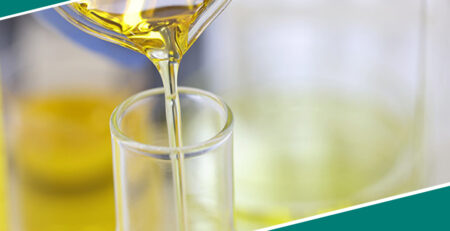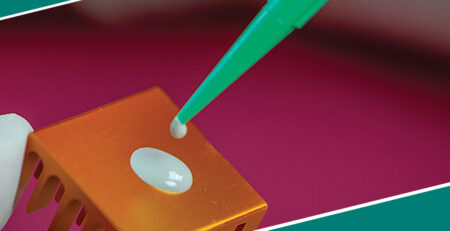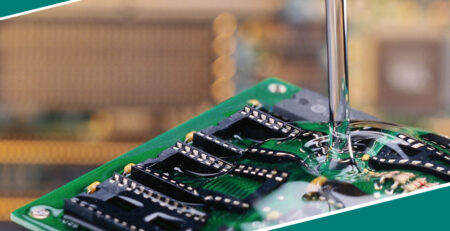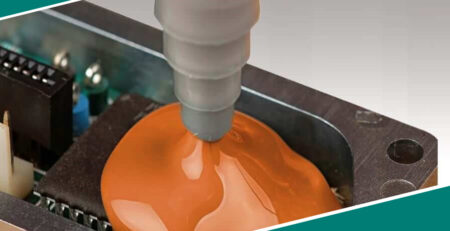Glass Bonding Adhesive System: A Comprehensive Overview
Glass Bonding Adhesive System: A Comprehensive Overview
Glass is a versatile and widely used material in various industries, ranging from automotive and electronics to construction and furniture. However, its rigidity, brittleness, and unique surface properties make it challenging to bond effectively with other materials. To meet modern industry demands, the development of glass bonding adhesive systems has become critical. These systems ensure that glass can be securely attached to different substrates like metals, plastics, and other glass types without compromising the material’s structural integrity or aesthetic appeal.
This article will explore the glass bonding adhesive system, including its types, applications, advantages, and critical factors to consider when choosing suitable adhesives for different uses.
Understanding Glass Bonding Adhesive Systems
Glass bonding adhesive systems are designed to create solid and long-lasting bonds between glass and other substrates. These adhesives must accommodate the specific challenges of glass, such as its smooth surface, low porosity, and potential sensitivity to stress. Unlike mechanical fasteners or welding, adhesive systems provide a seamless, invisible bond that can preserve the aesthetic value of glass while offering structural strength.
The Role of Adhesives in Glass Bonding
Adhesive systems for glass bonding need to provide both mechanical strength and resistance to environmental factors like moisture, heat, and UV radiation. Glass bonding adhesives are designed to:
- Provide a strong bond without damaging or cracking the glass.
- Ensure transparency for applications where clarity is critical (e.g., windows, displays, lenses).
- Offer flexibility to absorb stress and prevent breakage due to expansion or contraction.
A well-designed glass bonding adhesive system considers these requirements, allowing for secure, durable bonds in a variety of applications.
Types of Glass Bonding Adhesives
Several types of adhesives are commonly used for bonding glass, each with specific properties suited for different industries and applications. The choice of adhesive depends on factors like the materials being bonded, environmental conditions, and required durability. Some of the most popular adhesives for glass bonding include:
Epoxy Adhesives
Epoxy adhesives are well-known for their high strength, durability, and resistance to environmental factors. They are two-part adhesives that cure when mixed, creating a robust and long-lasting bond. Epoxies are ideal for applications where mechanical strength is critical, such as structural glass bonding, and they offer excellent adhesion to metals, ceramics, and glass.
- Advantages: High bond strength, excellent chemical resistance, suitable for heavy-duty applications.
- Disadvantages: It may require careful surface preparation, is typically not flexible, and may take longer to cure than other adhesives.
Silicone Adhesives
Silicone adhesives are highly flexible, making them ideal for applications where the bonded materials may expand or contract due to temperature changes. They are also resistant to moisture, UV radiation, and extreme temperatures, making them a preferred choice for outdoor applications such as window glazing and solar panels.
- Advantages: High flexibility, excellent resistance to environmental factors, suitable for outdoor use.
- Disadvantages: Lower bond strength compared to epoxies may not be ideal for heavy-duty structural applications.
UV-Curing Adhesives
UV-curing adhesives are single-component systems that cure rapidly when exposed to ultraviolet light. These adhesives offer exceptional clarity, making them ideal for glass bonding applications where aesthetics are important, such as optical devices, display screens, and decorative glass. The quick curing process also allows for faster production cycles in industrial applications.
- Advantages: Rapid curing, excellent clarity, strong bond, ideal for aesthetic applications.
- Disadvantages: UV light exposure is required to cure, and it may not be suitable for bonding opaque materials or in applications where UV exposure is limited.
Polyurethane Adhesives
Polyurethane adhesives offer a good balance of strength and flexibility, making them suitable for applications requiring both properties. These adhesives are commonly used in automotive glass bonding and construction, where they provide strong, impact-resistant bonds while allowing some movement between bonded materials.
- Advantages: Good flexibility, impact resistance, suitable for bonding dissimilar materials.
- Disadvantages: Requires moisture to cure and may have lower chemical resistance compared to other adhesive types.
Cyanoacrylate (Super Glue)
Cyanoacrylate adhesives, often known as superglue, are fast-acting, single-component adhesives that bond almost instantly when exposed to moisture. While cyanoacrylate adhesives can bond glass quickly, they are typically unsuitable for high-stress applications or environments exposed to moisture and temperature fluctuations.
- Advantages: Rapid bonding, easy to use, no mixing required.
- Disadvantages: Limited durability, not ideal for large or structural applications, poor resistance to moisture and temperature changes.
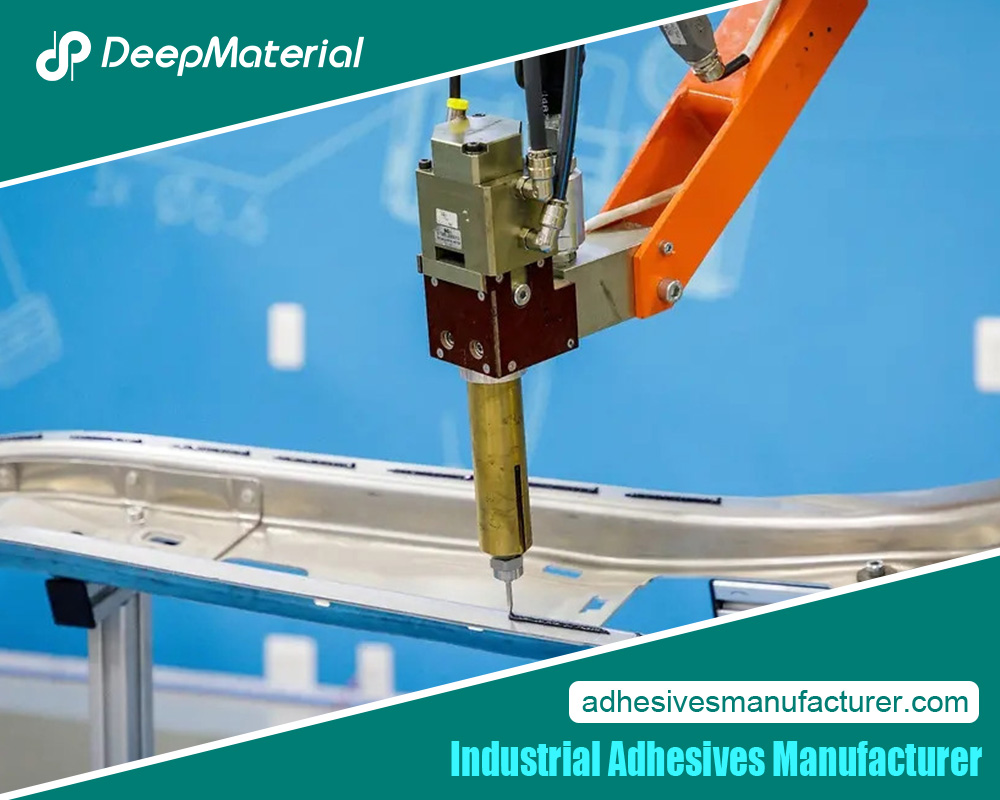 Applications of Glass Bonding Adhesive Systems
Applications of Glass Bonding Adhesive Systems
Glass bonding adhesive systems are used in various industries, each with specific requirements based on the environment and the materials being bonded. Some of the critical applications include:
Automotive Industry
In the automotive sector, glass bonding adhesives are critical for bonding windshields, windows, and rearview mirrors. These adhesives must provide strong bonds to ensure the glass remains securely attached under high-speed conditions while offering flexibility to absorb impact and vibration. Polyurethane and silicone adhesives are commonly used in this industry due to their strength and flexibility.
Electronics and Optics
In electronics and optics, glass bonding adhesives are used to attach components like display screens, touch panels, lenses, and optical filters. UV-curing adhesives are often preferred for these applications because they provide an evident, bubble-free bond that maintains optical clarity. These adhesives are also fast-curing, making them ideal for high-volume production environments.
Construction and Architecture
Architectural applications, such as window glazing, curtain walls, and structural glass facades, require adhesives that can withstand exposure to environmental conditions like wind, rain, and UV radiation. Silicone and epoxy adhesives are commonly used in these applications due to their durability and ability to bond glass to metal or other structural components.
Furniture and Interior Design
In the furniture and interior design industry, glass bonding adhesives attach glass to metal, wood, and other materials in items like tables, shelves, and decorative features. These adhesives must offer strong bonds while maintaining the glass’s aesthetic appeal. Epoxy and silicone adhesives are popular in these applications.
Solar Panels and Renewable Energy
Solar panels often involve bonding glass to metal or other materials to protect photovoltaic cells. Adhesives used in these applications must resist UV radiation, moisture, and temperature fluctuations. Silicone and polyurethane adhesives are commonly used in solar panel manufacturing.
Factors to Consider When Choosing a Glass Bonding Adhesive
Choosing the suitable adhesive for glass bonding requires careful consideration of several factors, including the materials being bonded, the environment in which the bond will be used, and the desired bond strength. Key factors to consider include:
Surface Preparation
Proper surface preparation ensures a strong bond between glass and other materials. Cleaning the surface to remove dust, grease, and other contaminants is critical, and in some cases, priming or roughening the surface may be necessary to enhance adhesion.
Environmental Resistance
Consider the environmental conditions in which the bonded glass will be used. Adhesives exposed to moisture, UV radiation, and temperature changes must resist these factors. Silicone adhesives, for example, are ideal for outdoor applications because of their moisture and UV resistance.
Bond Strength and Flexibility
The required bond strength and flexibility will vary depending on the application. Structural glass bonding, such as in construction or automotive applications, requires adhesives with high bond strength and some flexibility to accommodate movement or stress. In contrast, applications like decorative glass prioritize clarity and aesthetics over strength.
Curing Time and Process
Adhesives have different curing processes, ranging from quick-setting cyanoacrylates to slower-curing epoxies. For example, UV-curing adhesives require UV light exposure to harden, while epoxies may need time and heat to cure. The speed of curing can impact production timelines and the practicality of using certain adhesives in large-scale operations.
Aesthetic Considerations
For applications where appearance is important, such as in furniture or optical devices, adhesives that remain clear and maintain transparency are preferred. UV-curing adhesives are often chosen for their ability to create an invisible bond, while silicone adhesives can also offer a clean finish with flexibility.
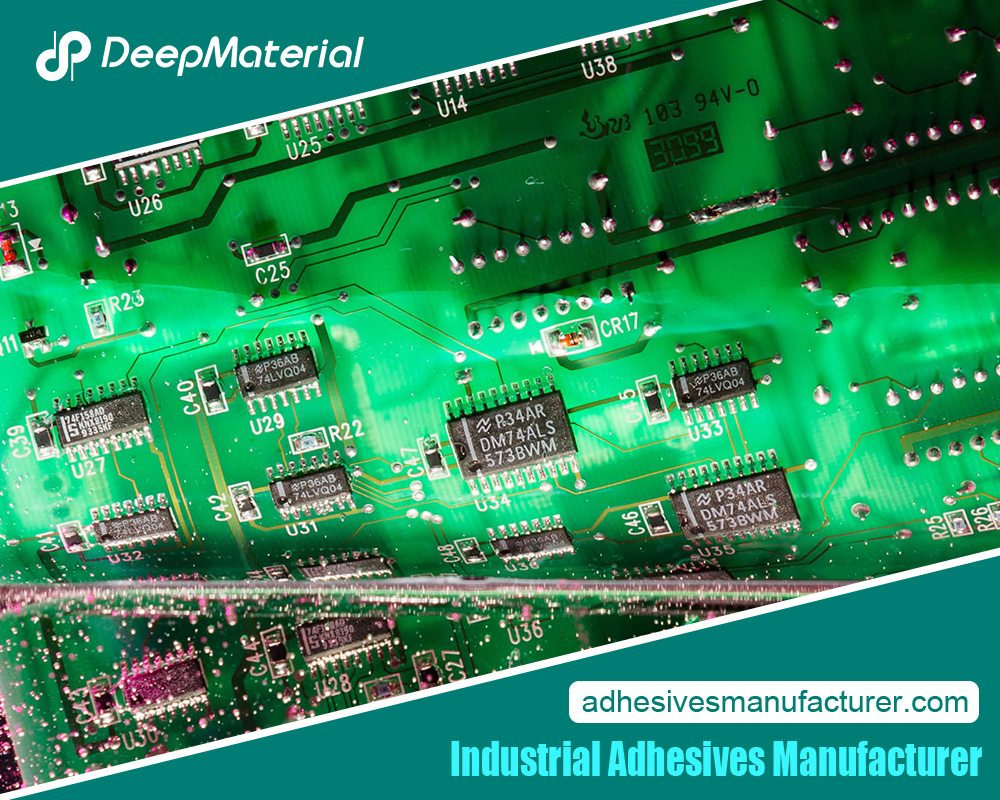 Conclusion
Conclusion
The glass bonding adhesive system is a critical element in many industries. It allows glass to be bonded to a wide range of materials without compromising the aesthetic or structural integrity of the material. From automotive windshields and electronics displays to construction glazing and solar panels, the right adhesive can make all the difference in performance and durability.
Choosing the right glass bonding adhesive involves considering the application’s requirements, such as bond strength, flexibility, environmental resistance, and aesthetic appeal. With advancements in adhesive technology, manufacturers now have access to various options, including epoxies, silicones, UV-curing adhesives, polyurethanes, and cyanoacrylates, each offering unique advantages for different applications.
By understanding the types of adhesives available and the factors that influence their performance, industries can make informed decisions to ensure that glass is bonded securely, efficiently, and with the desired visual and structural properties.
For more about a complete guide to glass bonding adhesive system: a comprehensive overview, you can pay a visit to Deepmaterial at https://www.adhesivesmanufacturer.com/ for more info.


